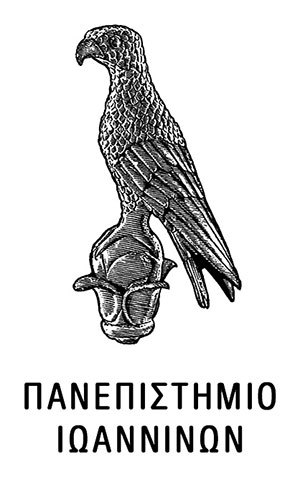The levels of eight PCB congeners (IUPAC 8, 20, 28, 52, 101, 118, 138 and 180) and 13 organochlorine pesticides (alpha-HCH, beta-HCH, Lindane, Heptachlor, Heptachlor epoxide, Aldrin, Dieldrin, Endrin, 2,4'-DDT, 2,4'-DDD, 4,4'-DDT 4,4'-DDD and 4,4'-DDE) were measured in eggs of Mediterranean gulls (Larus melanocephalus) (Lm), avocets (Recurvirostra avosetta) (Ra) and common terns (Sterna hirundo) (Sh) collected at the Evros Delta (Lm, Ra), Porto Lagos (Lm) and Axios Delta (Lm, Sh), north-eastern Greece in 1997. All pollutants were detected in all areas and species, with the exception of Dieldrin in the Mediterranean gull. Percent levels of higher chlorinated PCB congeners (IUPAC 118, 138 and 180) were greater than other compounds in all species and areas, probably due to their bioaccumulative properties. Only the median concentrations of PCB 28 differed significantly among areas in Mediterranean gull eggs. Significant differences between Mediterranean gulls and avocets (Evros) were found with regard to PCB 138 and PCB 180, whereas differences between Mediterranean gulls and common terns (Axios) were found in all PCBs except PCB 8 and PCB 20. These differences were due to the different diets of the species studied. Maximum pesticide concentrations in all samples were below 50 ppb, except for beta-HCH and 2,4'-DDD, both of which predominated among all compounds in all areas and species. The same trend has been found in other waterbird species in Greece, suggesting a particular pollution pattern in the region. Significant differences in the median concentrations of most pesticides were found among areas in the Mediterranean gull. Such differences were also found between Mediterranean gulls and avocets and between Mediterranean gulls and common terns, again due to different feeding habits. Our results suggest that, in the wetlands of northeastern Greece, agro-chemical sources dominate over industrial pollution. Pollutants still persist in Greek wetlands, but their levels are too low to have any adverse biological effect on the species studied.
(EN)

